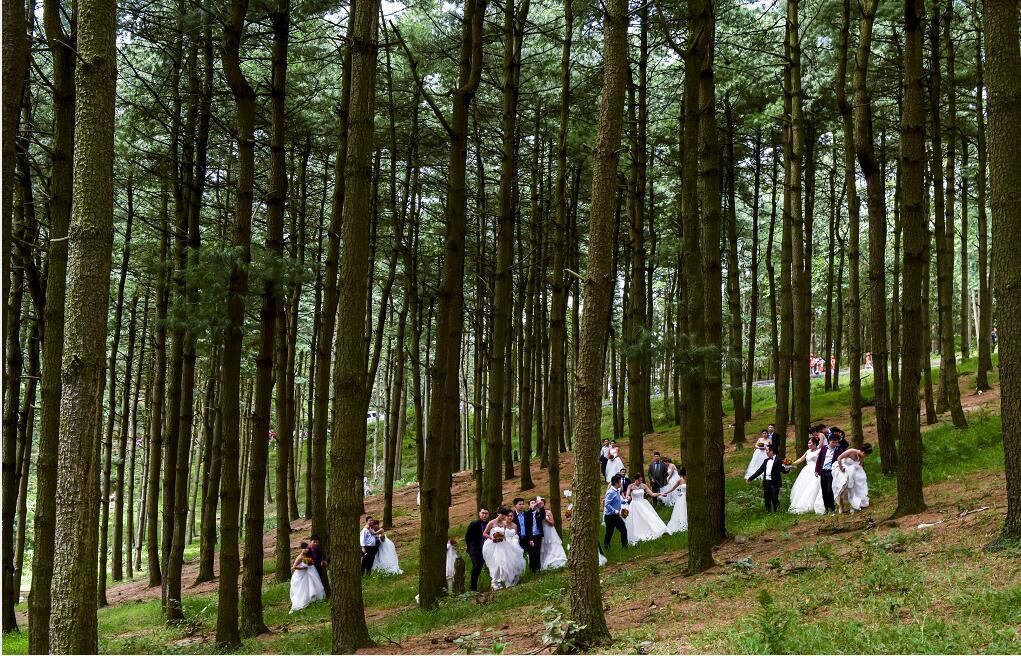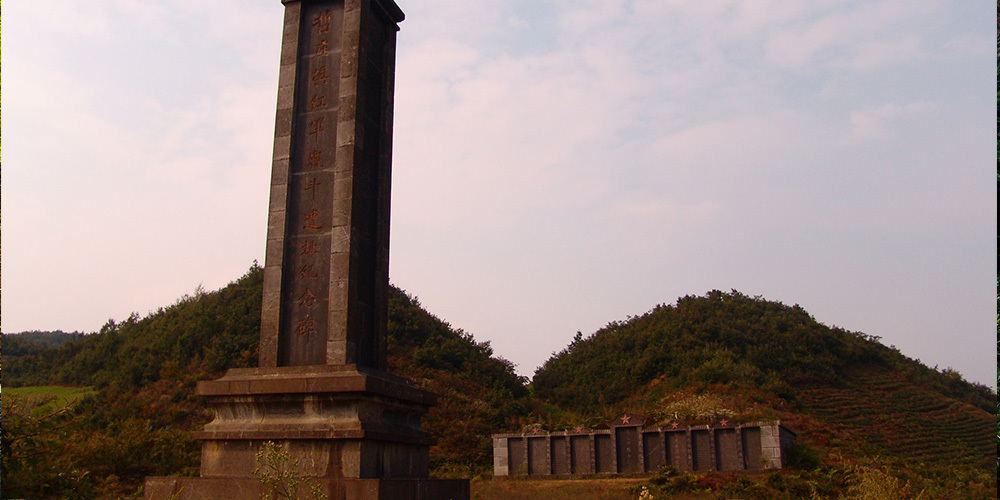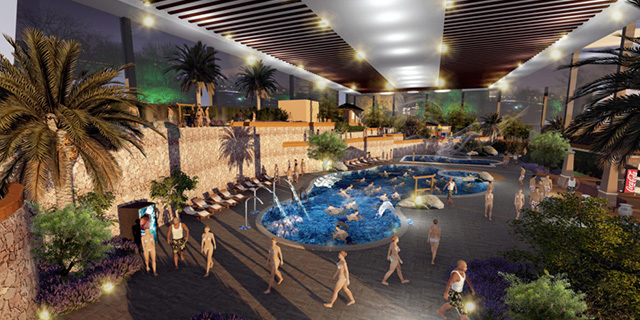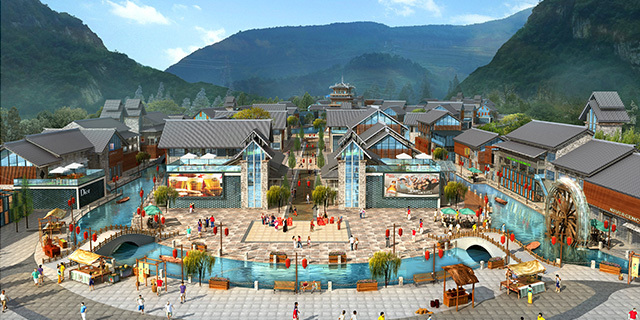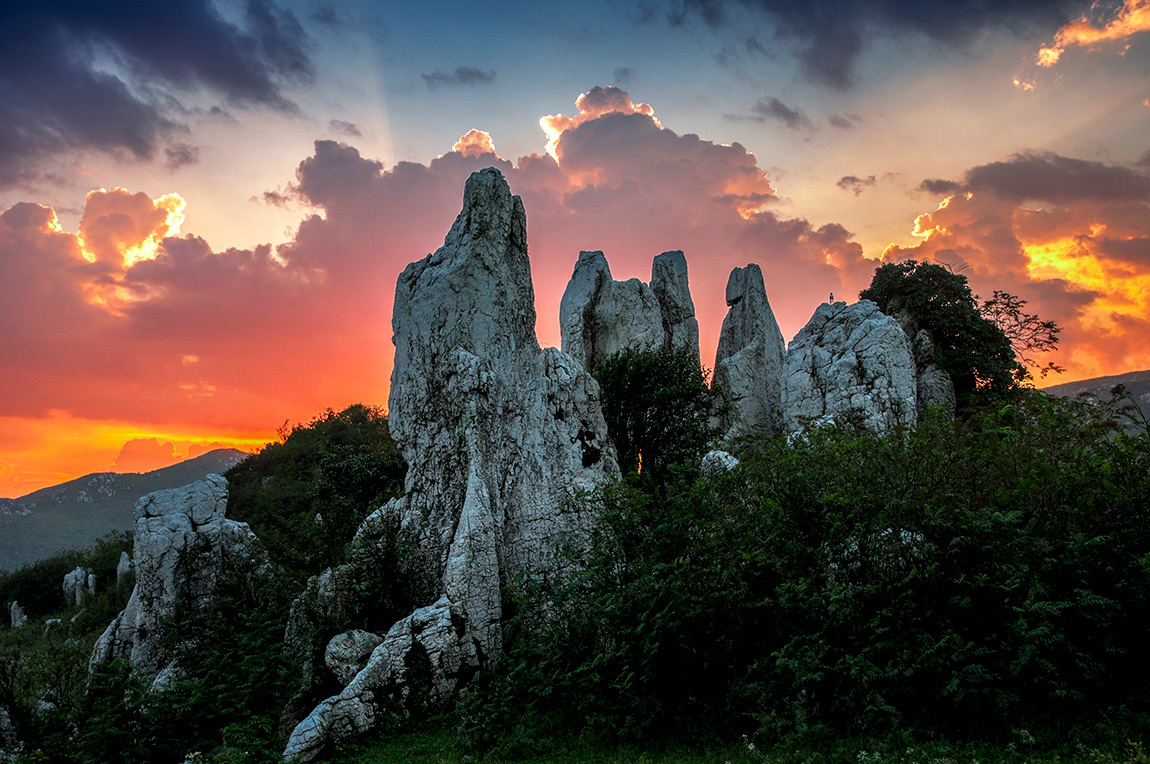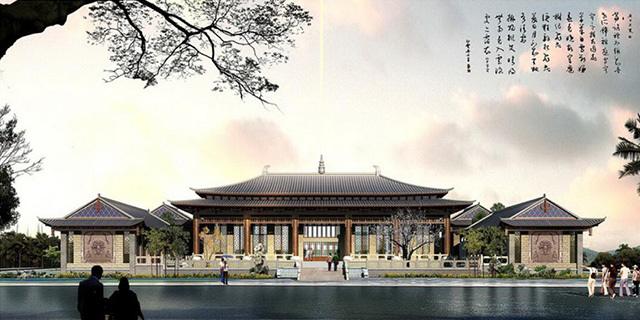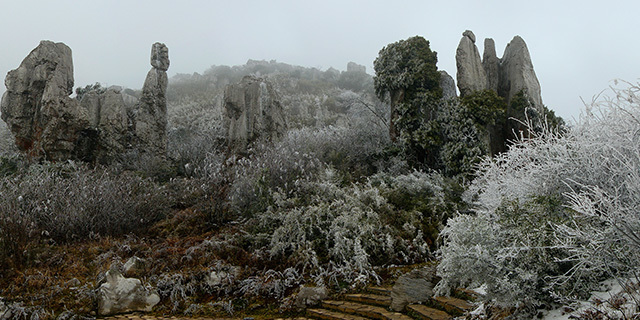Coke National Archaeological Site Park
Coke National Archaeological Site Park. Located in Keke Township, Hezhang County, it is mainly the remains of the ancient Yelang Kingdom from the Warring States to the Han Dynasty and the Han Dynasty. The protected area covers 24.56 square kilometers. The cola site was discovered in 1958. In 1960, archaeologists unearthed seven Han tombs and unearthed more than 300 cultural relics. From 1976 to 1978, the archaeological group of Guizhou Provincial Museum excavated a number of tombs at several sites.
Classification:
Key words:
Assirisi Tourism, Assirisi Leek Ping
Coke National Archaeological Site Park. Located in Keke Township, Hezhang County, it is mainly the remains of the ancient Yelang Kingdom from the Warring States to the Han Dynasty and the Han Dynasty. The protected area covers 24.56 square kilometers. The cola site was discovered in 1958. In 1960, archaeologists unearthed seven Han tombs and unearthed more than 300 cultural relics. From 1976 to 1978, the archaeological group of Guizhou Provincial Museum excavated a number of tombs at several sites. "Journal of Archaeology" in 1986, the second issue of "Hezhang cola excavation report" published the above excavation data. In 2000, researchers unearthed 111 tombs of the Yelang period and 547 cultural relics in Coke. The discovery of unearthed many cultural relics, great historical and cultural value, including the burial of the peculiar "head burial" for the national isolated cases. The cultural relics unearthed from the Kole site mainly reflect the cultural characteristics of Yelang from the Warring States Period to the Qin and Han Dynasties. It is known as "the holy land of archaeological excavations in Guizhou and the Yin Ruins of Yelang bronze culture". Therefore, it was selected as one of the top ten archaeological discoveries in 2001 and became a national key cultural relic protection unit. Selected to the National Archaeological Park List in October 2010.
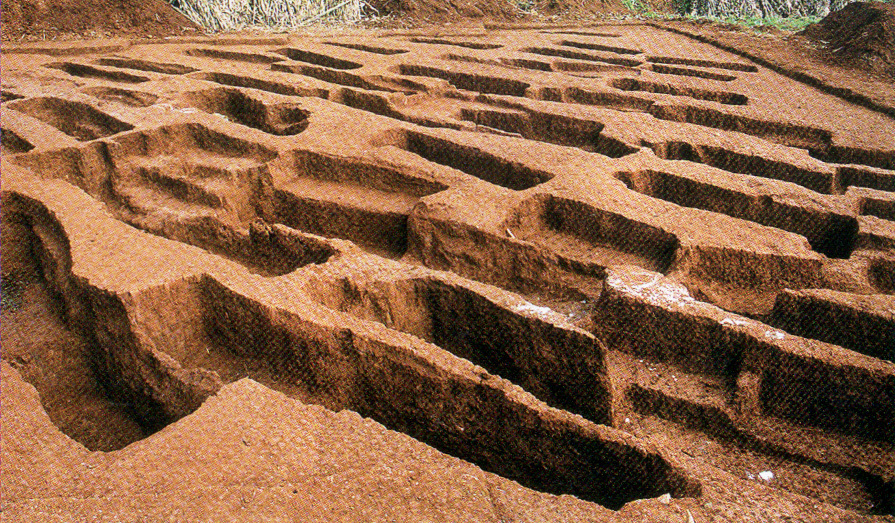
Abnormal dense distribution of cola ancient tombs
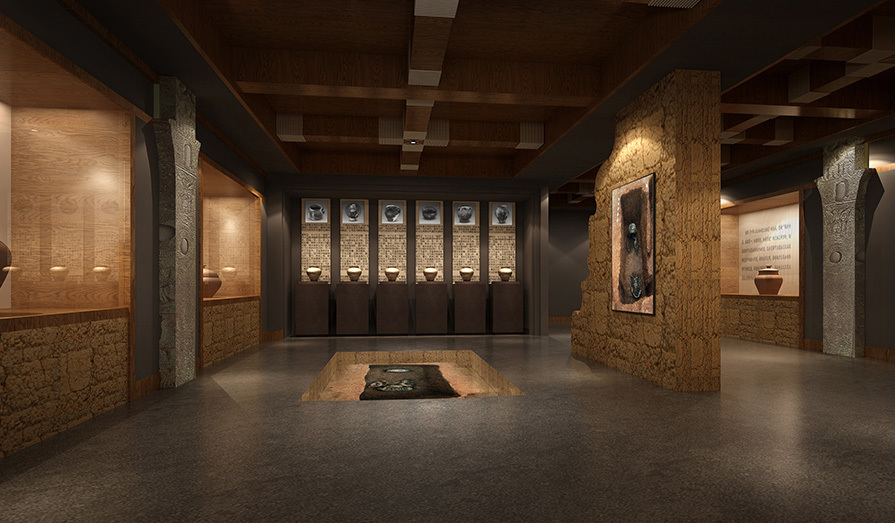
tombs
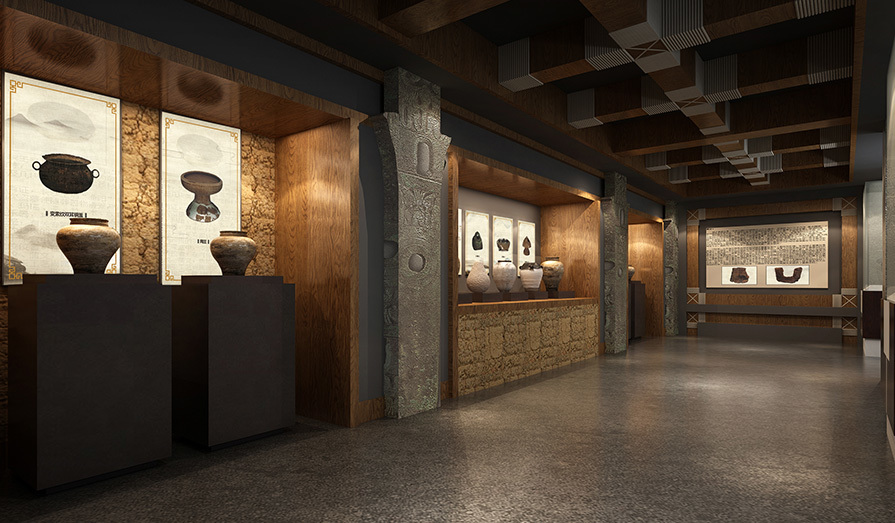
Class A Tomb Cultural Relics Museum
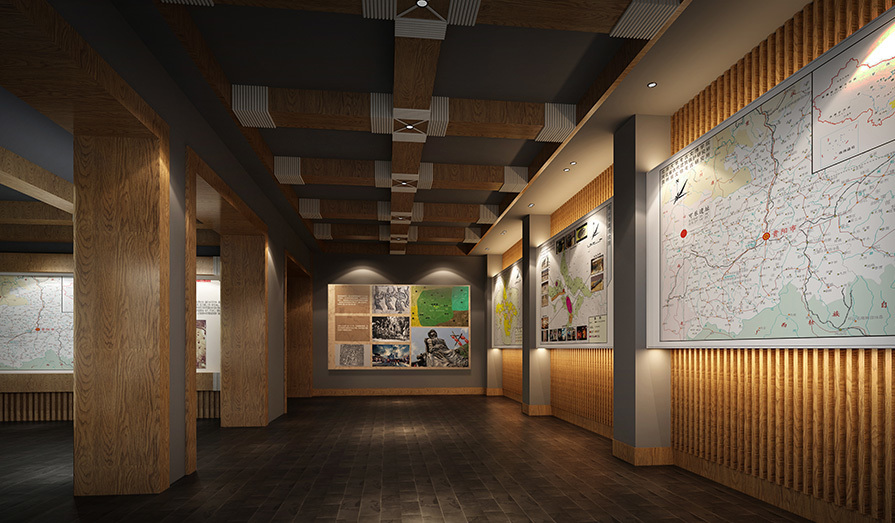
First floor site planning passage
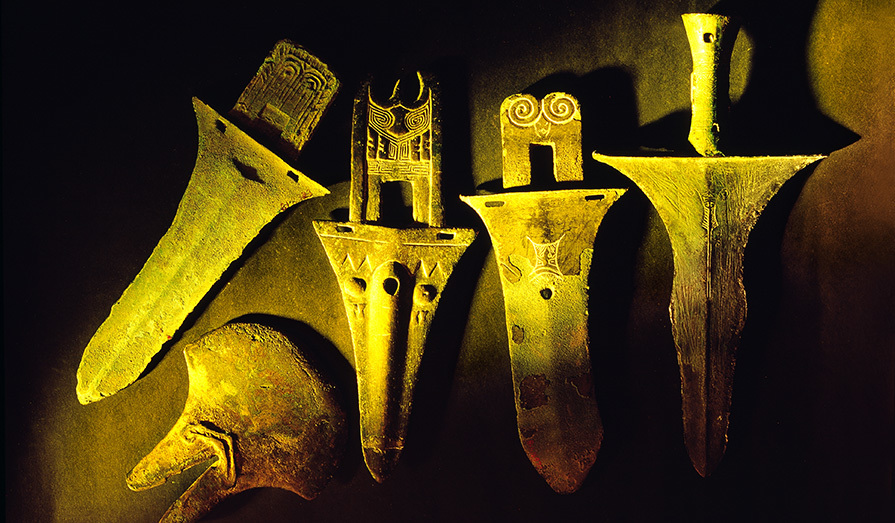
No Hu Tongge

DC neck copper pot(Left)Copper Frog(Right)
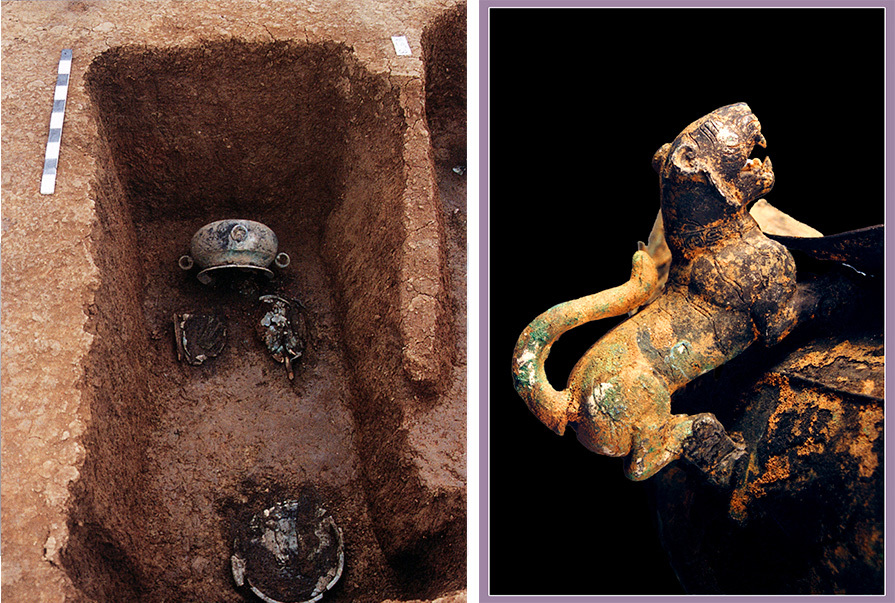
The deceased's head was set with a copper kettle, and his feet were padded with a copper-washed "head burial" (left) and a copper tiger (right).
Scenic Service Hotline
Address: Second floor, north building, hezhang convention and exhibition center, bijie city, guizhou province

official micro signal
SAF Coolest v1.3.1.2 設置面闆 NOHSD-ZHEY-EAXZE-ZZW
無數據提示
Sorry, the current column is being updated, please look forward to it!
You can view other columns or returnHome Page





